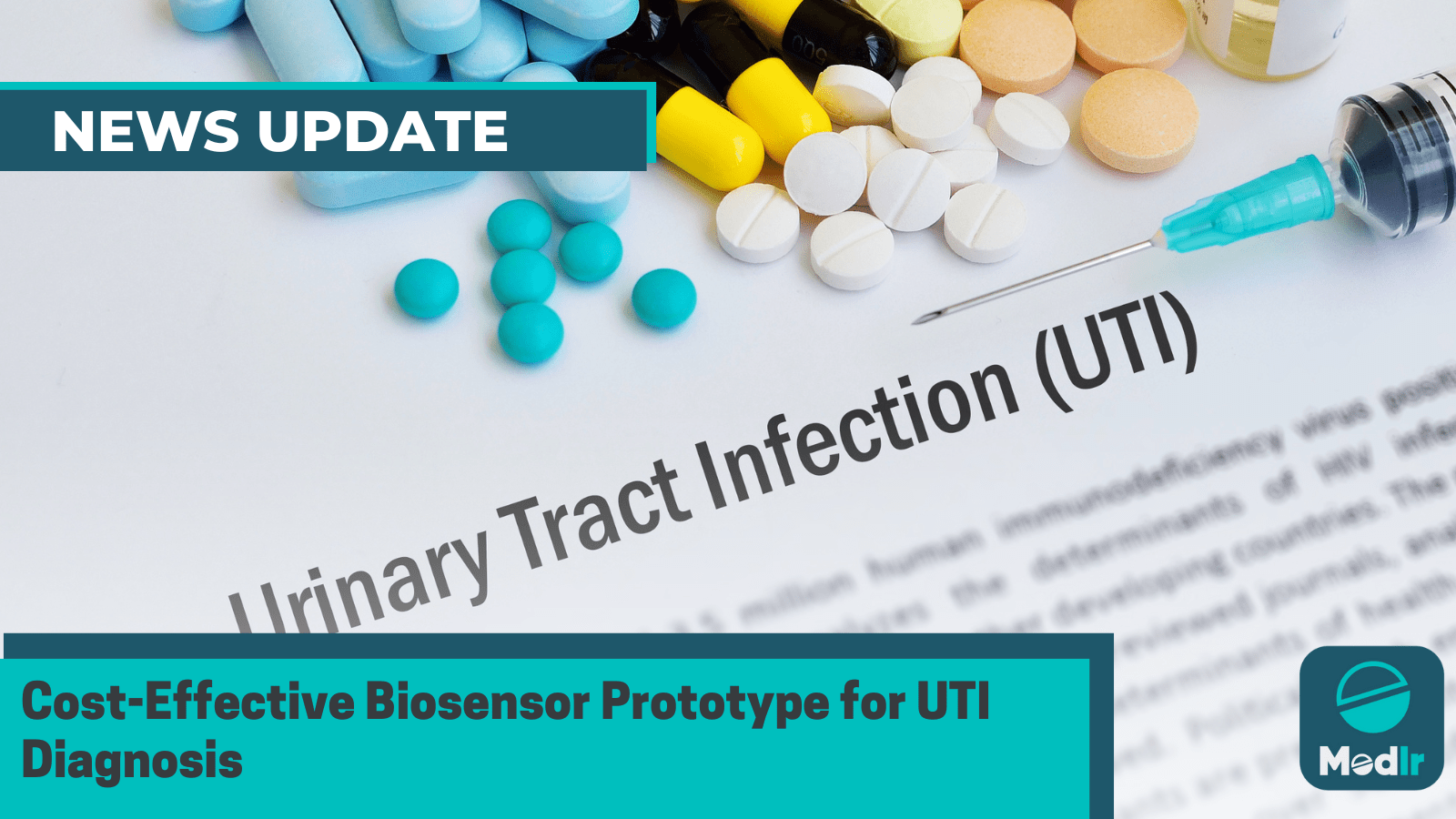Cost-Effective Biosensor Prototype for UTI Diagnosis
Written by Arushi Sharma, Shaveta Arora
Dr. Partho Sarathi Gooh Pattader and the team at IIT Guwahati developed a rapid UTI detection device using aptamer-gold nanoparticles-bacteria complex.

Dr. Partho Sarathi Gooh Pattader and his research team at the Indian Institute of Technology Guwahati (IIT Guwahati) have developed a fast, accurate, and dependable device for detecting specific bacteria that cause urinary tract infections (UTI).
The device's manufacturing cost is Rs 608, with testing a single sample costing Rs 8. The Point-Of-Care testing prototype is published in ACS Applied Bio Materials, with co-authors from IIT Guwahati, Altanosti, and IIT Guwahati.
Doctors typically diagnose and detect UTI bacteria through urine culture, which takes at least two days. This delay makes it difficult to administer appropriate antibiotics, causing patients to suffer until the cause is identified, potentially leading to fatal outcomes.
Explaining the significance of their Research which can provide a life-saving solution, Dr Pattader, Associate Professor, Department of Chemical Engineering, IIT Guwahati said -
“Early-stage detection of UTI is important to provide timely treatment. The Point-Of-Care Testing (POCT) prototype developed at IIT Guwahati is a photodetector that detects and quantifies a specific UTI-causing bacteria called ‘Klebsiella pneumoniae’ within five minutes from a patient’s urine sample. The detection of ‘Klebsiella pneumoniae’ is important not only because this bacteria is responsible for UTI, but also for pneumonia and for the infection of soft tissue”
The Indian Council of Medical Research (ICMR), Science and Engineering Research Board (SERB), Department of Science and Technology (DST), and Ministry of Electronics & Information Technology (MeitY) of the Government of India provided funding for this research.
Elaborating on the mechanism, Dr Pattader further said -
“We have used gold nanoparticles with specifically-engineered aptamers. An aptamer is like a 3D puzzle piece that fits only on the surface of a particular bacteria. The gold nanoparticles thus get agglomerated on the surface of the target bacteria giving out a unique signature that can be detected by a UV- Visible Spectrophotometer."
The biosensor prototype detects bacteria by registering a shift in light intensity when aptamer-gold nanoparticles-bacteria complex forms. Rapid detection time and versatile design enable adjustment for various types, making it a valuable addition to primary healthcare.
Speaking on its end applications, Dr Sinha, Altanostic Lab, IIT Guwahati Research Park and collaborator of this research said -
“We have demonstrated and validated the results obtained from our device with the hospital results following conventional methods. It matches very well. Thus, the technology can be optimized and transferred to a company for commercialization for the benefit of the society.”